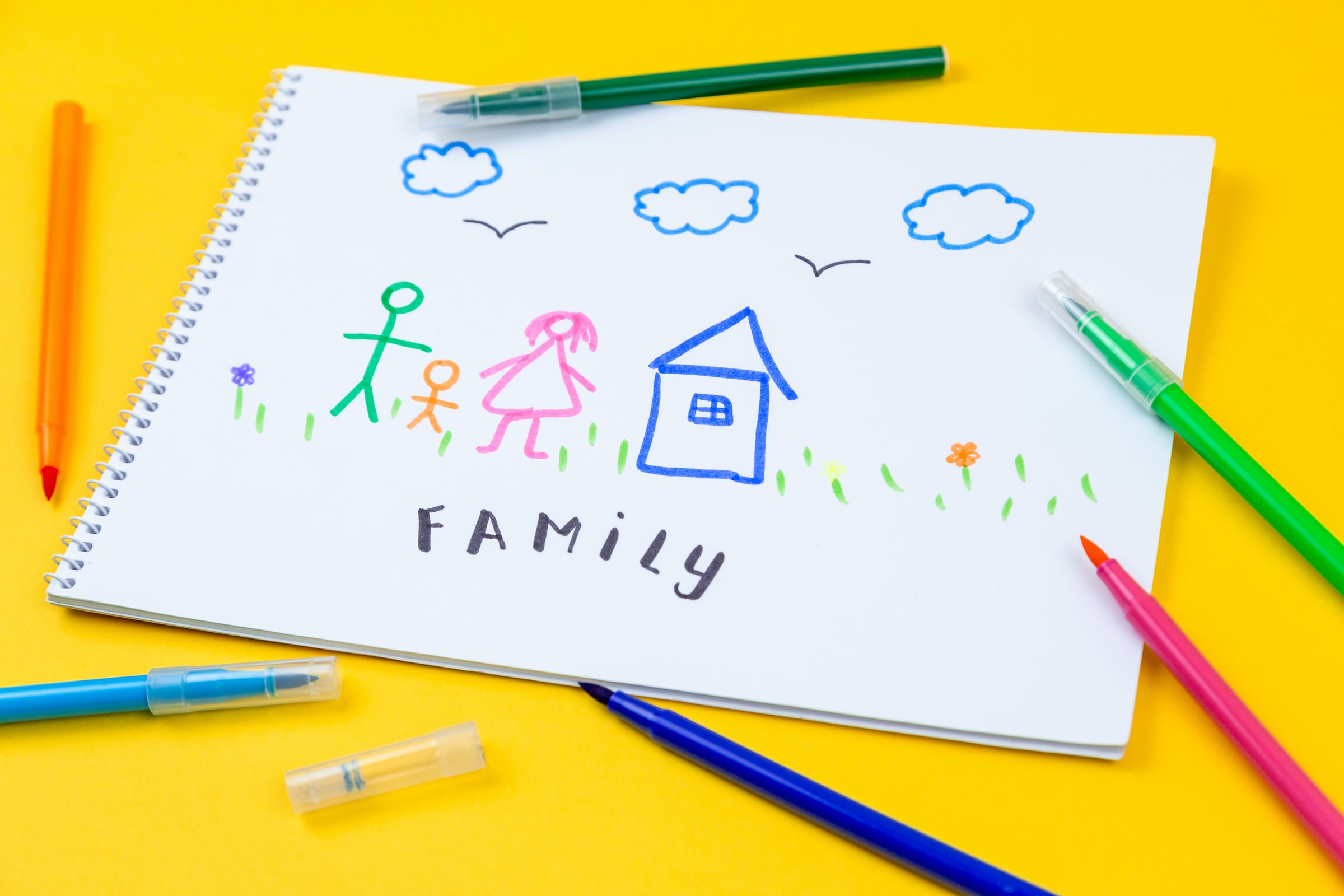Week 4: Working with communities, families and stakeholders
2. Creating community connections
2.1. Mapping community and stakeholder connections

|
Reflection Point What do you think about the proverb “It takes a village to raise a child?” Do you agree or disagree? Think how it could it be a positive story of elders sharing wisdom to socialise a child or harmful to a child’s development when old ideas and stigmas stop the child attending school. |
This week explores the idea of a village in a wide sense as community outside and inside the school. Think about how a community organisation might approach a school about girls not coming to school because of safety concerns. Or a group of schools might share a specialist teacher for deaf children and set up training for teachers.
Think about partnerships, communities and outside organisations in your context as you read Week 4. You will end the week by creating a stakeholder map relevant to your context. In this first activity you will think about different influences on a child’s development.
Activity 4.1 It takes a village….Allow approximately 30 minutes for this activity.
You will return to this mind map at the end of the week so please keep thinking about the idea of community connections and who your own stakeholders are. |
So far this discussion has helped show the need to be aware of positive and negative influences on a child’s life. Community organisations are often working on changing attitudes by sensitisation and information and building bridges. Schools and teachers may need family members or others to support children’s social and emotional development as well as helping them make academic progress. You will start by considering how schools work with families and students to become more inclusive.
